-
 Jean Cao
Alibaba Cainiao network
Experience Design Expert
Jean Cao
Alibaba Cainiao network
Experience Design Expert
The experience design expert at Cainiao Network, currently responsible for exploring and researching the productization of AI Design for intelligent experiences at Cainiao. Previously responsible for the experience design of Cainiao's parcel sending and delivery services, and shared the inclusive age-friendly design of parcel sending services at U-Design Week. Has also pioneered the definition of "Warehouse & Distribution Practical Experience Design Standards", creating an efficient and warm logistics work experience for front-line workers, and has also explored the field of warehouse and distribution IoT wearable devices. Previously worked at the IBM Design Studio and the Microsoft Internet Engineering Institute, and has shared designs at industry conferences such as SXSW and U-Design Week, while also being a design thinking trainer and evangelist.
Design philosophy: With or without AI, it's about people.
People Oriented AI Design -- Redefining Enterprise Products
With the continuous breakthrough of AI technology, the way humans communicate with machines is undergoing revolutionary changes. The Cainiao Experience Design team is committed to creating intelligent industrial Internet logistics services experience, using AIGC, LLM language models, and innovative experiences through conversational and imperceptible interactions, to redefine enterprise-level products.
This workshop will explore the evolved human-machine collaboration and new design methods and processes of AI intelligent human-machine interaction, ensuring that AI-driven products can truly be human-centric. Through the application of AI technology, we aim to create conversational and innovative interaction experiences, and to create better industrial Internet services.
Specific AI technology applications include: 1. A conversational low-code development platform - by combining the existing design standards and component corpus of the Cainiao design system, low-cost and efficient completion of demand scenarios can be achieved through natural language conversational interaction, automatically generating solutions that comply with the Cainiao design system. 2. Cainiao Prompt UI solution - a user interface design based on design rules and algorithms that can automatically generate user interfaces based on user demands according to natural language input, context, environment, and device characteristics. In enterprise-level applications, users no longer need to remember complex product frameworks, but can navigate and manage operations based on natural language demand descriptions, with dynamic UI feedback generated based on LLM.
The main content of this workshop is as follows:
Introduction
1.1 The explosive growth of AI applications in 2023
1.2 The challenges and opportunities of design in enterprise-level scenarios
The new revolution of human-machine interaction in the AI era
2.1 People & AI - information acquisition, analysis and decision-making, action implementation
2.2 AI brings more inclusive and convenient interaction experience, reducing the user's ability requirements
2.3 Intelligent layering of enterprise-level AI experience
AI intelligent design process and methods
3.1 Defining user & business goals
3.2 Data collection & evaluation
3.3 AI product development
3.4 Evaluation & reflection
Cainiao's intelligent design cases for enterprise-level products
4.1 Conversational low-code Platform
4.2 AI intelligent experience in enterprise-level management systems
Conclusion: With or without AI, it's about people
1、Workshop introduction: Self-introduction and brief introduction of the content
2、Explanation of Concepts: The main concepts and design methods of the new human-computer interaction experience in the era of AI are expounded
3、Case sharing: Cainiao enterprise intelligent product design case sharing
4、Practical interaction: Based on AI Design process and method, group Mini project practice
5、Summary interaction: group achievement sharing & communication
1、3-5 years interaction designer, experience designer
2、Product Manager
3、Internet entrepreneurs and people interested in AI
1、Understanding AI is revolutionizing the human-computer interaction model, and understanding the changes in the input and output of interaction
2、Familiar with the construction of new AI&UX design methods and process paradigms for AI intelligent human-computer interaction, and improved innovative design thinking
3、Master the application of AI artificial intelligence technology
-
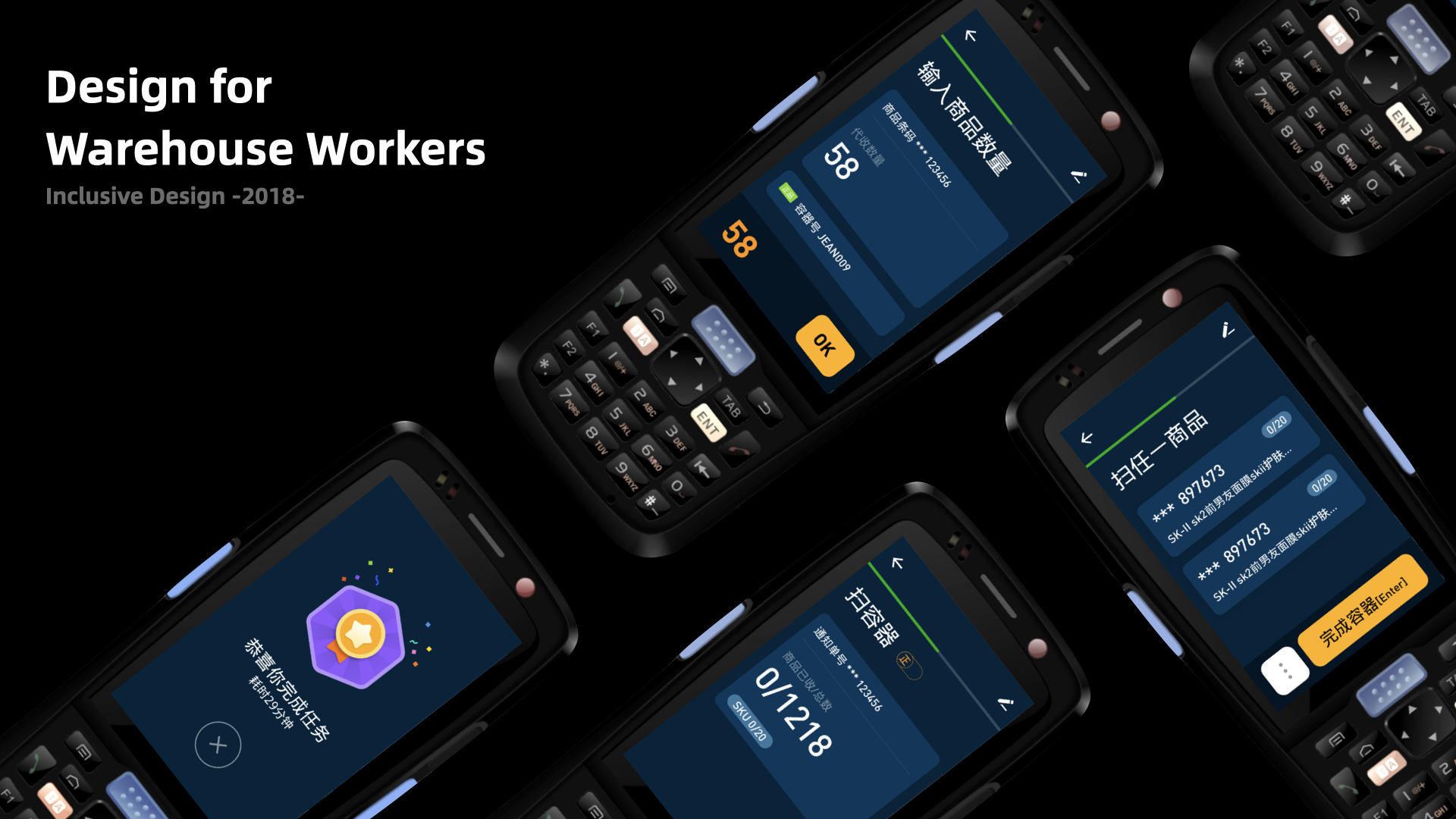 Design for Warehouse Workers
Design for Warehouse Workers
-
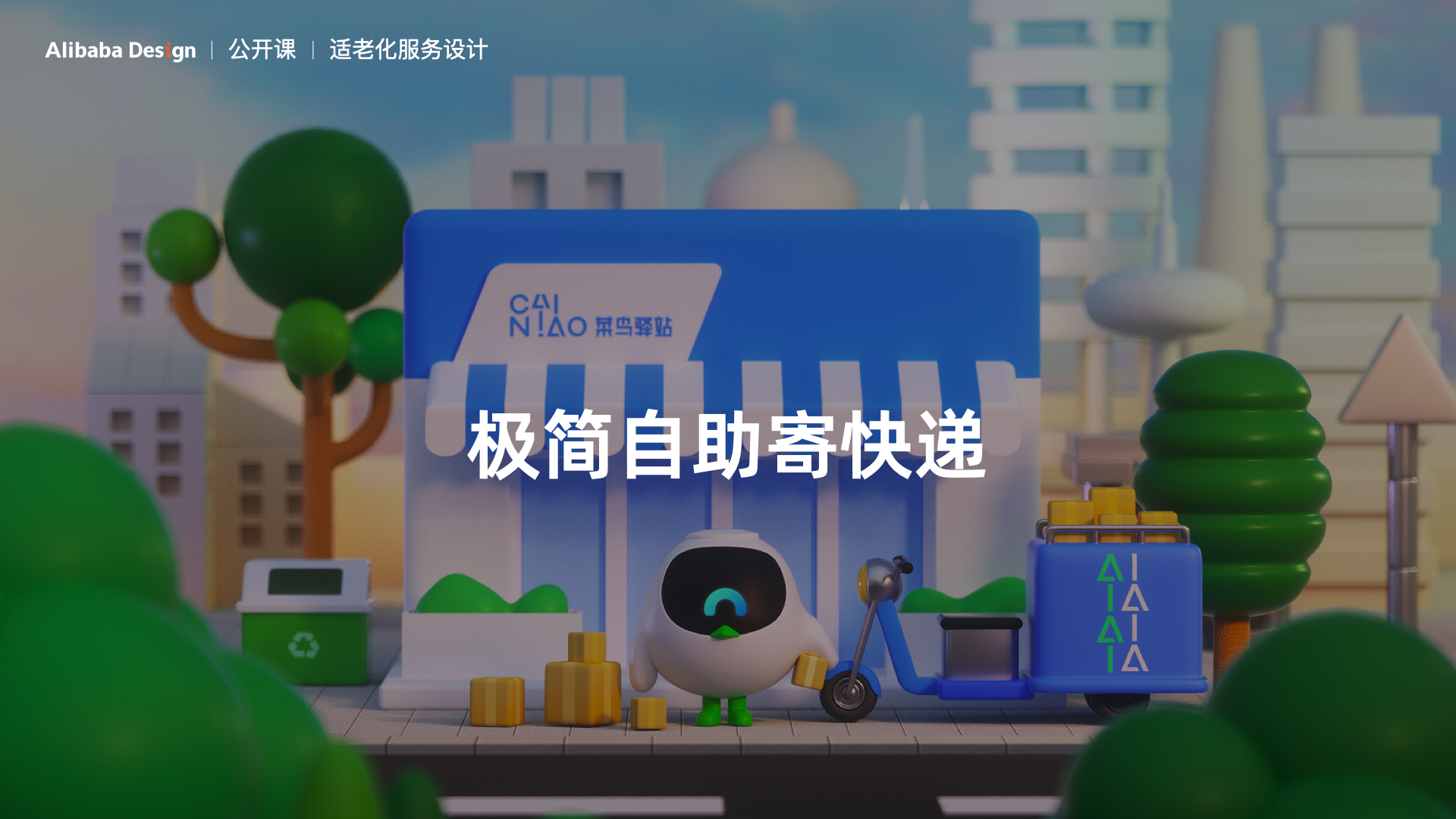 Design of Age-friendly Parcel Sending Service
Design of Age-friendly Parcel Sending Service
-
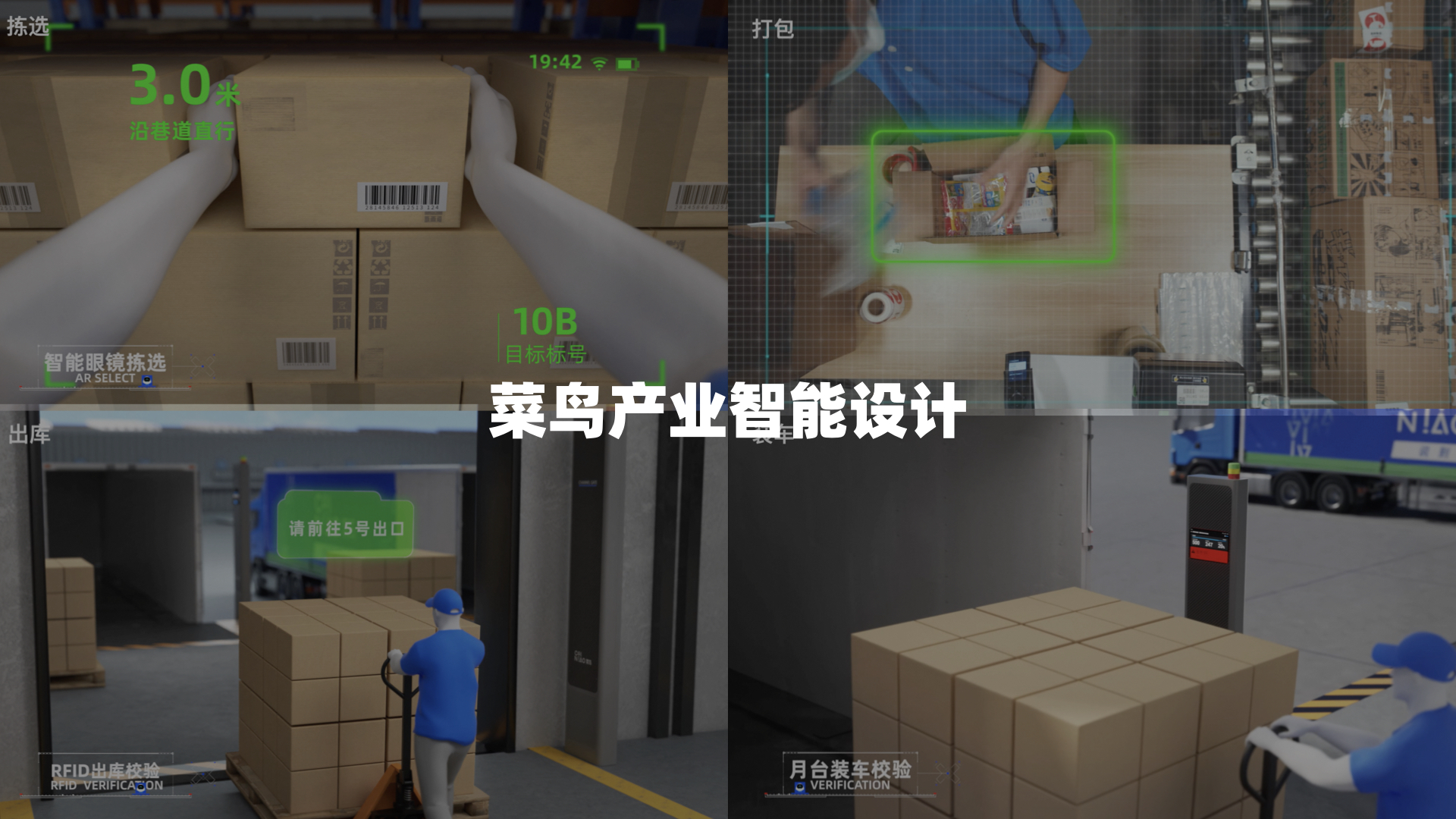 Cainiao Industrial Intelligent Design
Cainiao Industrial Intelligent Design
-
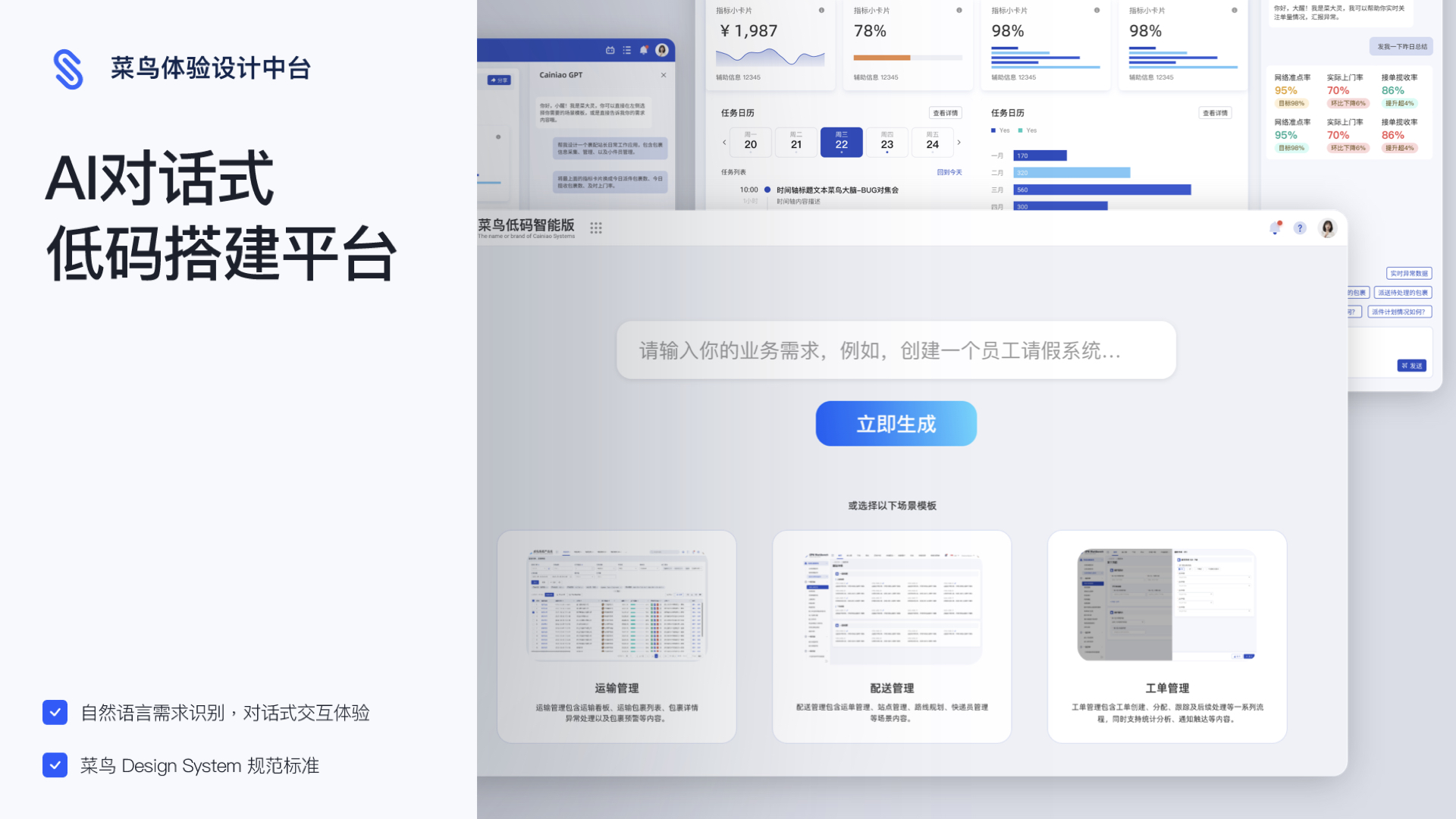 Conversational low-code Platform
Conversational low-code Platform
-
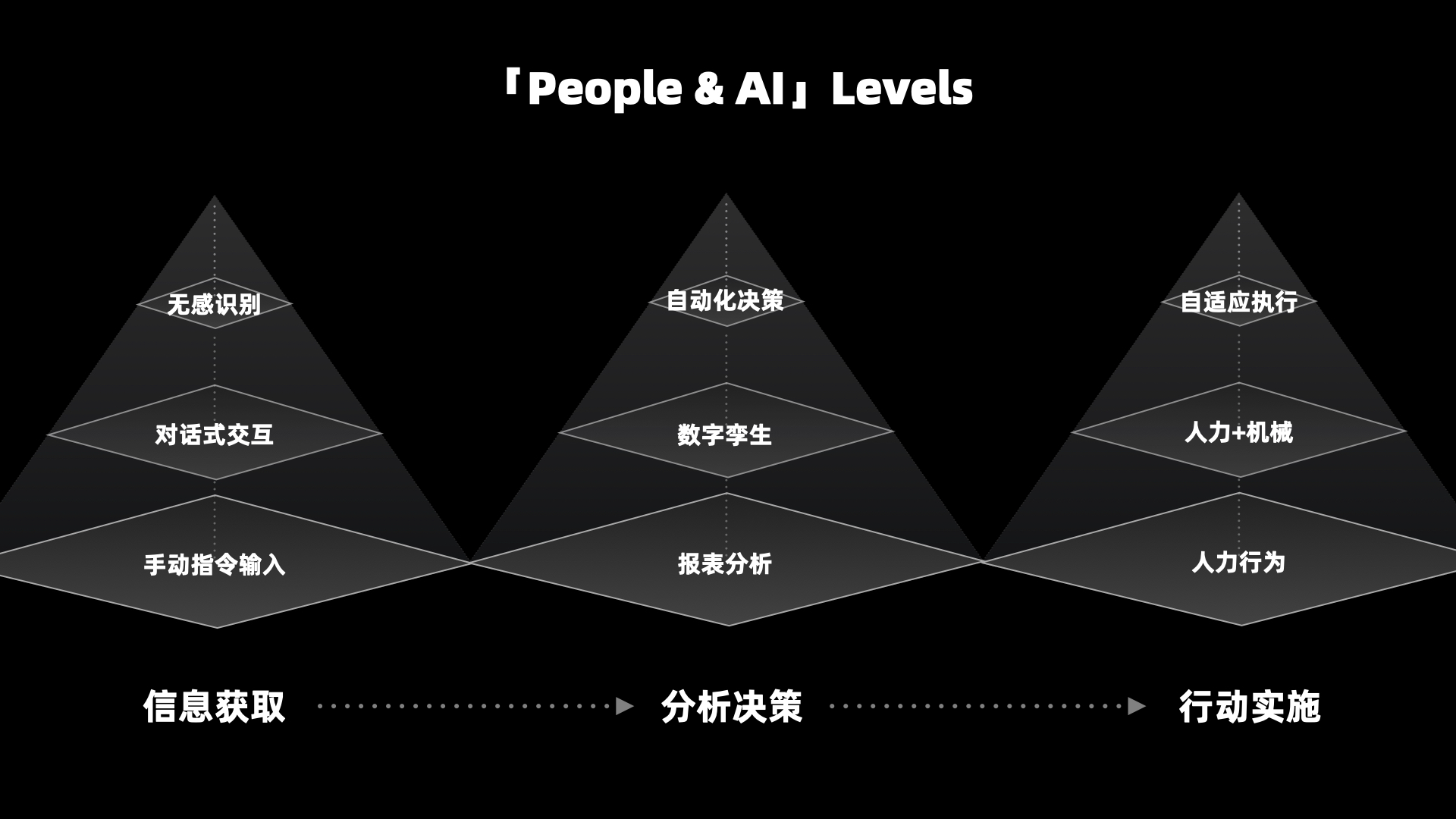 People & AI Levels
People & AI Levels
-
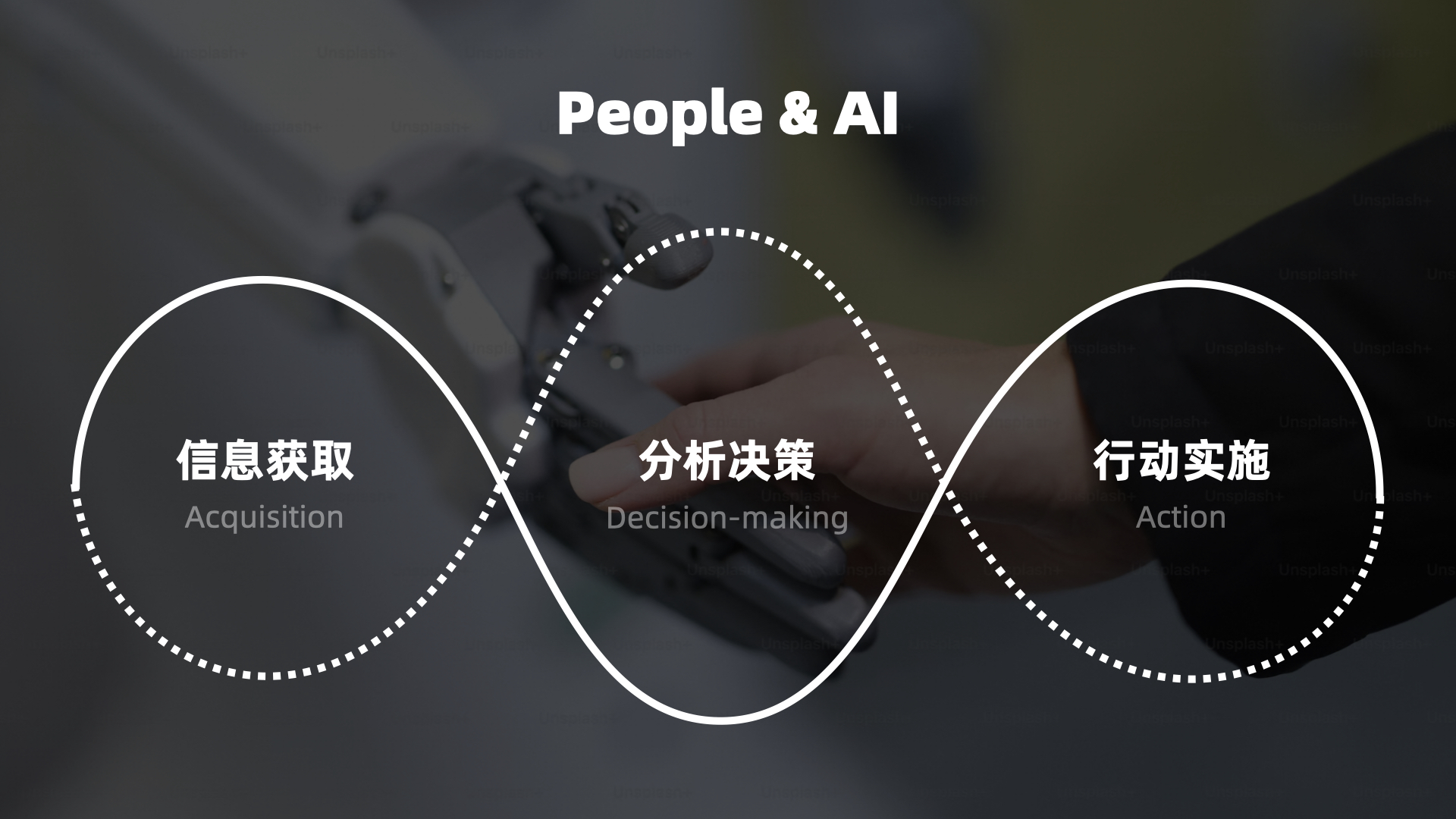 People & AI Information Processing Model
People & AI Information Processing Model








